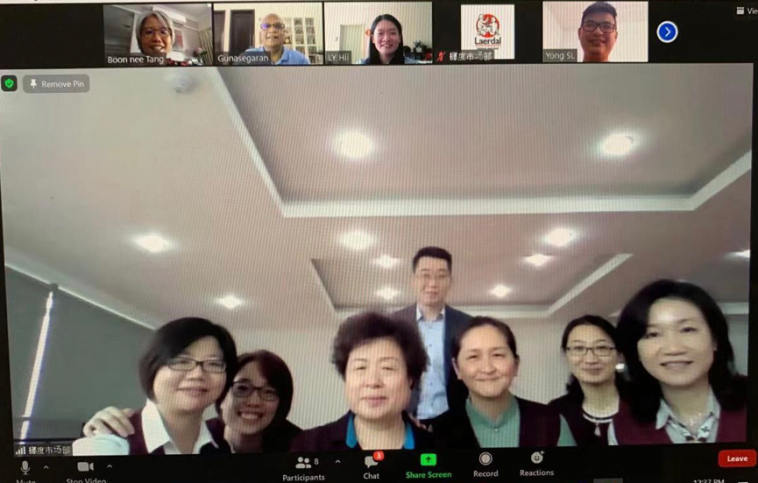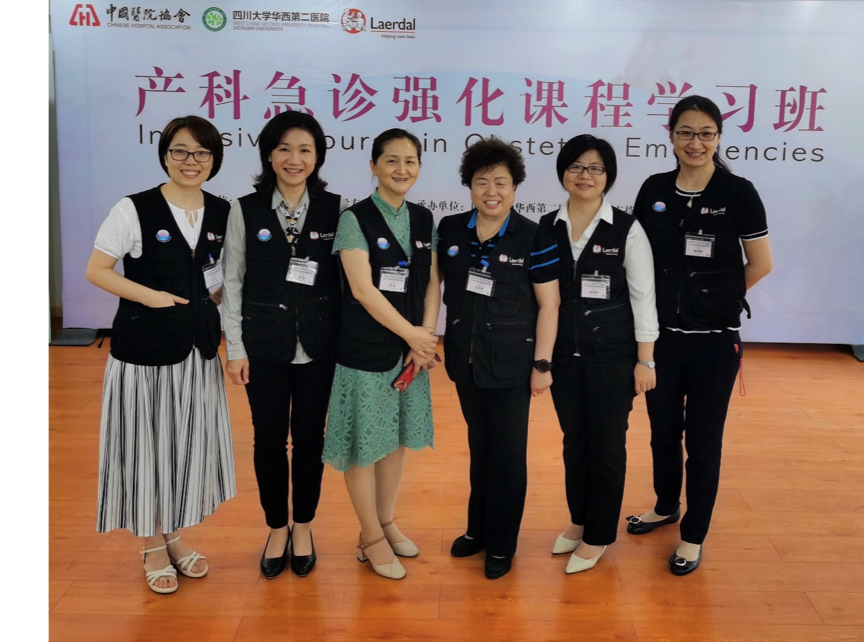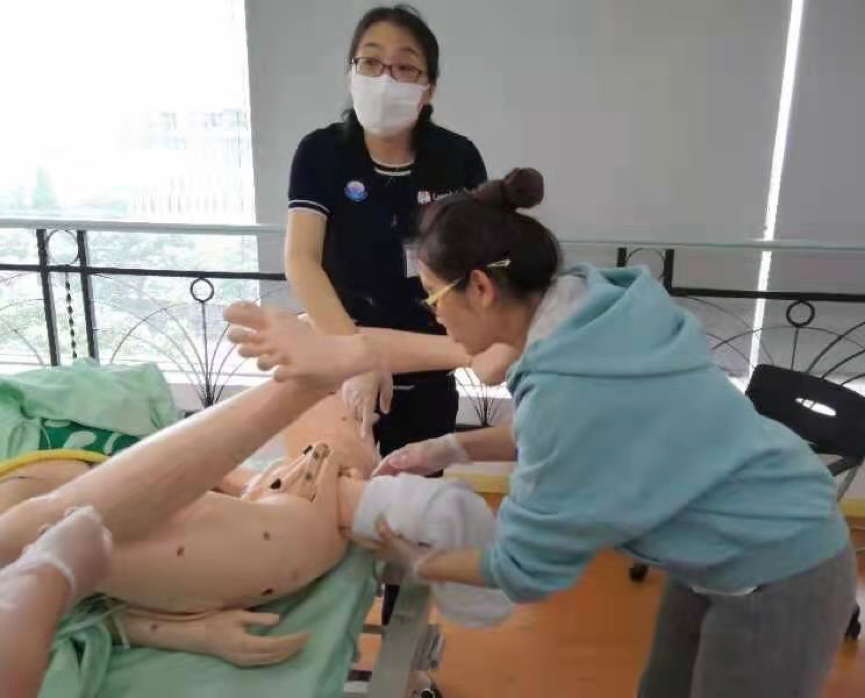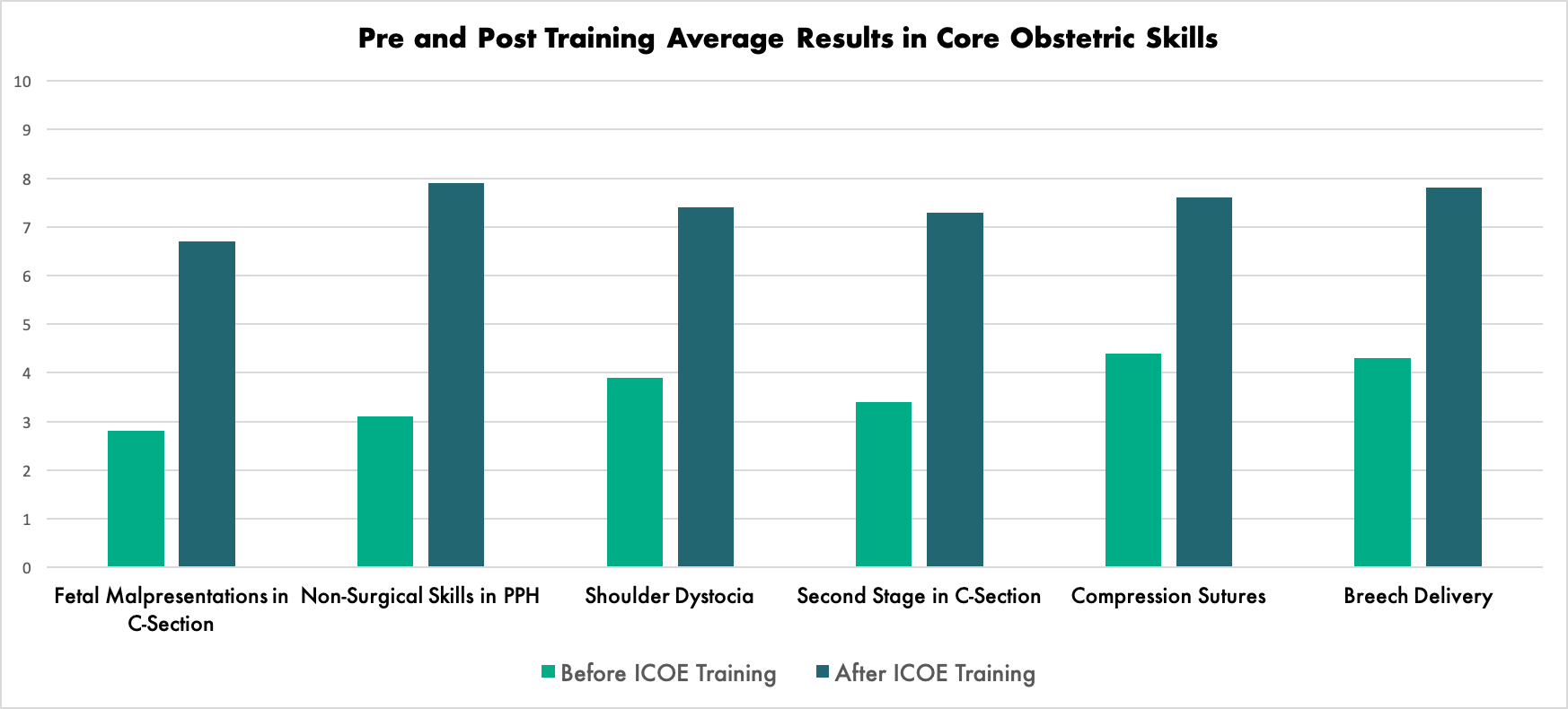Opportunities in Virtual Obstetric Training: lessons from a pilot in China
During the COVID-19 pandemic, the Obstetrical and Gynaecological Society of Malaysia (OGSM) adapted its Intensive Course in Obstetric Emergencies (ICOE) to deliver the training virtually to colleagues in China. The virtual course proved to be a success, opening opportunities for the future of obstetric training in the virtual world.

In 2014, the Obstetrical and Gynaecological Society of Malaysia (OGSM) launched an Intensive Course in Obstetric Emergencies (ICOE) – OGSM conducted and supervised a simulation-based course 52 times in 11 countries from 2014 to 2019. During that period, the OGSM trained 1,297 doctors and 136 trainers in the Asia-Oceania region.
Disruptions to training caused by COVID-19
Prior to the global outbreak of COVID-19, OGSM had been expanding the ICOE training to China. In partnership with Laerdal China, OGSM was able to start the groundwork and conducted two courses in Shenzhen and Beijing in 2019 – training 12 Chinese ‘principal trainers’ that year. The principal trainers covered a wide geographical area, with the objective to eventually upscale the ICOE across China by rolling out the course in stages. The intentionwas that the Chinese principal trainers would become course leaders, following initial supervision from OGSM trainers – this was due to start in February 2020.
Unfortunately, the COVID-19 pandemic derailed these plans, and the courses had to be put on hold while an alternative strategy was established. A virtual course was developed to ensure that training could continue, despite travel restrictions. The Handbook in Obstetric Emergencies, the course’s key resource, and the Trainer Manual, were successfully translated into Mandarin by the end of 2020.

Delivering obstetric training virtually
Once the online resources were developed, OGSM trainers once again engaged with the Chinese principal trainers: this, of course, was challenging due to the demands put on health care workers during the pandemic. Virtual meetings were held from February 2021 to update and prepare the Principal Trainers, refreshing their knowledge ahead of the roll out of training in China.
The course in Mandarin proceeded as scheduled on 22 and 23 May 2021, with 24 doctors led by six Chinese Principal Trainers, under OGSM virtual supervision. It was held in West China Second University Hospital in Sichuan while observing the Standard Operating Procedures for COVID-19. All the trainers and the participants had been administered COVID-19 vaccinations.

The promising outcomes of virtual training
The OGSM found that the virtual delivery of their training was a success[Rob1] . Not only did they receive excellent feedback from participants, but participants also exhibited improvements in all six core skills and knowledge measured by OGSM (see Table below). Participants were tested before and after the course on, fetal malpresentations in caesarean section, non-surgical skills in postpartum haemorrhage, shoulder dystocia, second stage in caesarean section, compression sutures, and breech delivery. The average score across these skills increased from 3.7 to 7.5 out of 10.

With this approach combining a refresher course at the beginning of the year and virtual supervision from OGSM, the Principal trainers felt more confident in delivering the training themselves. Their anxiety over the equipment and breakout room setup was reduced, by virtue of the preparation meetings ahead of the launch of the course.The virtual set up enabled live feedback between the Principal Trainers and the OGSM team, allowing for prompt correction of teaching errors. Ultimately, the virtual course generated real enthusiasm and inspired other centres to host similar online training sessions in the future.
This was a pilot for OGSM to supervise and train Principal Trainers using a virtual platform as a tool. It was a tremendous learning experience for both OGSM and the Principal Trainers. The continuation of teaching during this pandemic is crucial and virtual platforms will have to be relied on to share knowledge and teach skills in obstetric emergencies in parts of China. Technology is sure to improve rapidly with time, and we should harness this tool to continue the teaching process.
Note: The ICOE OGSM team is composed of Drs Gunasegaran Rajan (Lead), Tang Boon Nee, Hii Ling Yien, Melanie Kuan Lih Jiun, Yong Soon Leong, Nina Lau Lee Jing, Lee Chui Ling and Mr. Baskeran (ICOE executive).